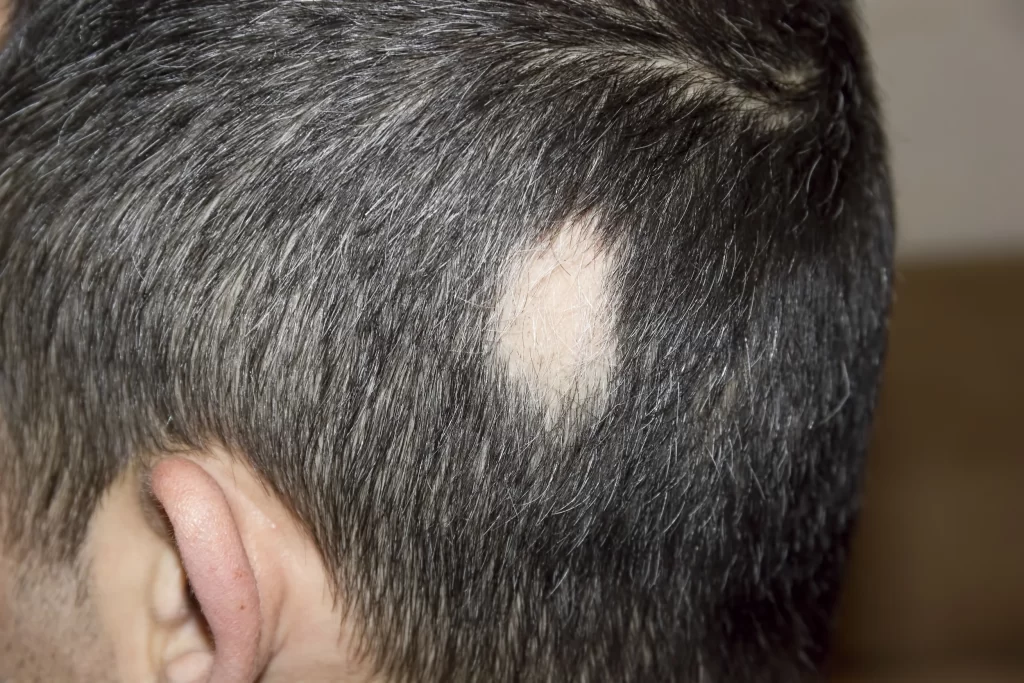To diagnose alopecia areata, a health care provider looks for characteristic patterns of hair loss. Typically, the patches are circular in shape and contain short, broken hairs along the margins. They may also be accompanied by a red lunula. A biopsy may be necessary to rule out other conditions. Some blood tests may be required to rule out autoimmune conditions and thyroid disease.
The causes of alopecia areata are unknown, but researchers suspect that a disorder of the immune system causes it. This response may be triggered by environmental factors, genetics, or stress. Because of this, more research is needed. This disease affects both males and females, and is one of the most common types of hair loss.
Although conventional treatments for alopecia areata are limited, there are many alternative therapies that may help. Some people apply onion juice to the scalp to prevent hair loss, while others rub cooled green tea or rosemary oil into the scalp. Other people use acupuncture and aromatherapy to treat alopecia areata. However, there is little evidence to support these alternative treatments.
Alopecia areata is an autoimmune disorder that causes hair loss on one or both sides of the body. It affects about 1 in 50 people and may develop at any age. Hair loss is temporary and does not cause pain in most cases, but it can be debilitating for the sufferer.
The features of alopecia areata vary, depending on the stage of the disease. High telogen hairs and miniaturized hairs should raise suspicion of the disease, as should a peribulbar lymphocytic infiltrate. These findings are often considered important to establish a diagnosis, and are evidence of an autoimmune process.
Corticosteroid pills, known as JAK inhibitors, are being tested as a treatment for alopecia areata. These drugs reduce the T-cell-mediated inflammatory response and inhibit hair follicle damage. Although they are effective, these medications have side effects. Therefore, people with alopecia areata should seek medical advice before trying any of these treatments.
Alopecia areata is an autoimmune disease that causes unpredictable, patchy hair loss. The hair may fall out one day, grow back the next, and fall out again. This condition is common in both men and women, and can affect any part of the body, including the face, chest, and scalp. Some individuals may even experience complete baldness.
While alopecia areata is unpredictable, it can be managed by taking corticosteroids. These drugs can be given intravenously, or applied topically. The response to corticosteroids may take time. Some patients’ hair will return on its own. If the treatment does not work, alopecia areata may recur.
Alopecia areata can be debilitating, but it’s important to take a positive outlook. Even though alopecia areata does not have a cure, there is a high possibility that hair will grow back. For most people, hair loss will be gradual and infrequent. Although the hair will fall out, a positive outlook can help you cope with the condition.






More Stories
The Importance of Medication Adherence in Mental Health Treatment
The Best Fitness Diet For Muscle Building and Performance
The Health Benefits of Millets